Deinhard Lila Sekt
-
Wine
Spectator

Product Details
Your Rating
Somm Note
Winemaker Notes
Professional Ratings
- Wine Spectator

n 1794, Johann Friedrich Deinhard completed his business apprenticeship and founded a small wine shop in the ancient city of Koblenz. Located in central Germany, Koblenz was then and still being the gateway to the terraced vineyards and ruined castles, it was a hub for transport being situated at the merger of the Rhein and Mosel rivers. The first wines Johann sold, were Riesling from his parent’s vineyards in the Mosel Valley.
Riesling is a light skinned, green to yellow colored grape, with brown dots when ripe. Germany is the motherland of the aromatic Riesling grape – dating back to 1435, its origins can be traced back here. According to top wine critics Riesling is the world‘s finest white wine grape variety – the King of Grapes. Around Koblenz, at the confluence of two of Europe’s great wine rivers, the Rhein and Mosel, the wines find optimal conditions for this noble grape. With its strong character, absolute clarity and uncomplicated freshness, Riesling has conquered its place as a top wine worldwide. And for us: Riesling is King! Since the beginning, Deinhard has stood for good taste, outstanding quality and innovative ideas. Deinhard is refining the best German wines from these top-class grapes, with passion and experience to wines of the extraordinary class. From the moment, a glass of Deinhard Riesling is poured, one thing is certain - it is a top wine “Made in Germany“.
The Lion symbol and icon has always been closely linked to the history of the Deinhard family. In 1772, Johann Friedrich Deinhard was born in the inn “Zum Löwen” (The Lion), which was owned by his father. In 1876, The Lion became a protected trademark, and has been present in some form on the Deinhard labels ever since. It symbolizes the strength, nobleness and the modern courage of the Deinhard brand. In the new design, the Deinhard Lion or “King of Animals” defines our new more modern look and provides a strong and distinctive iconic asset – synonymous with Wines that Reign.

A term typically reserved for Champagne and Sparkling Wines, non-vintage or simply “NV” on a label indicates a blend of finished wines from different vintages (years of harvest). To make non-vintage Champagne, typically the current year’s harvest (in other words, the current vintage) forms the base of the blend. Finished wines from previous years, called “vins de reserve” are blended in at approximately 10-50% of the total volume in order to achieve the flavor, complexity, body and acidity for the desired house style. A tiny proportion of Champagnes are made from a single vintage.
There are also some very large production still wines that may not claim one particular vintage. This would be at the discretion of the winemaker’s goals for character of the final wine.

As the world’s northernmost fine wine producing region, Germany faces some of the most extreme climatic and topographic challenges in viticulture. But fortunately this country’s star white wine variety, Riesling, is cold-hardy enough to survive freezing winters, and has enough natural acidity to create balance, even in wines with the highest levels of residual sugar. Riesling responds splendidly to Germany’s variable terroir, allowing the country to build its reputation upon fine wines at all points of the sweet to dry spectrum, many of which can age for decades.
Classified by ripeness at harvest, Riesling can be picked early for dry wines or as late as January following the harvest for lusciously sweet wines. There are six levels in Germany’s ripeness classification, ordered from driest to sweetest: Kabinett, Spätlese, Auslese, Beerenauslese, Trockenbeerenauslese and Eiswein (ice wine). While these German wine classifications don’t exactly match the sweetness levels of the finished wines, the Kabinett category will include the drier versions and anything above Auslese will have noticeable—if not noteworthy—sweetness. Eiswein is always remarkably sweet.
Other important German white wine varieties include Müller-Thurgau as well as Grauburguner (Pinot Gris) and Weissburguner (Pinot Blanc). The red wine, Spätburgunder (Pinot Noir), grown in warmer pockets of the country can be both elegant and structured.
As the fourth largest wine producer in Europe (after France, Italy and Spain), in contrast to its more Mediterranean neighbors, Germany produces about as much as it consumes—and is also the largest importer of wine in the E.U.